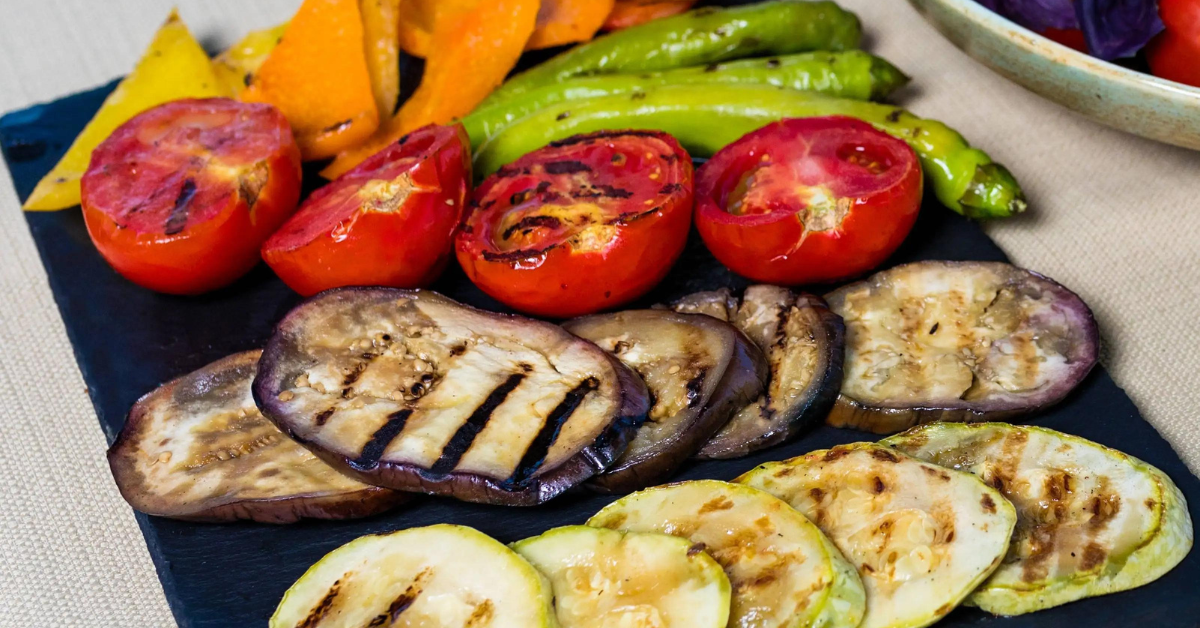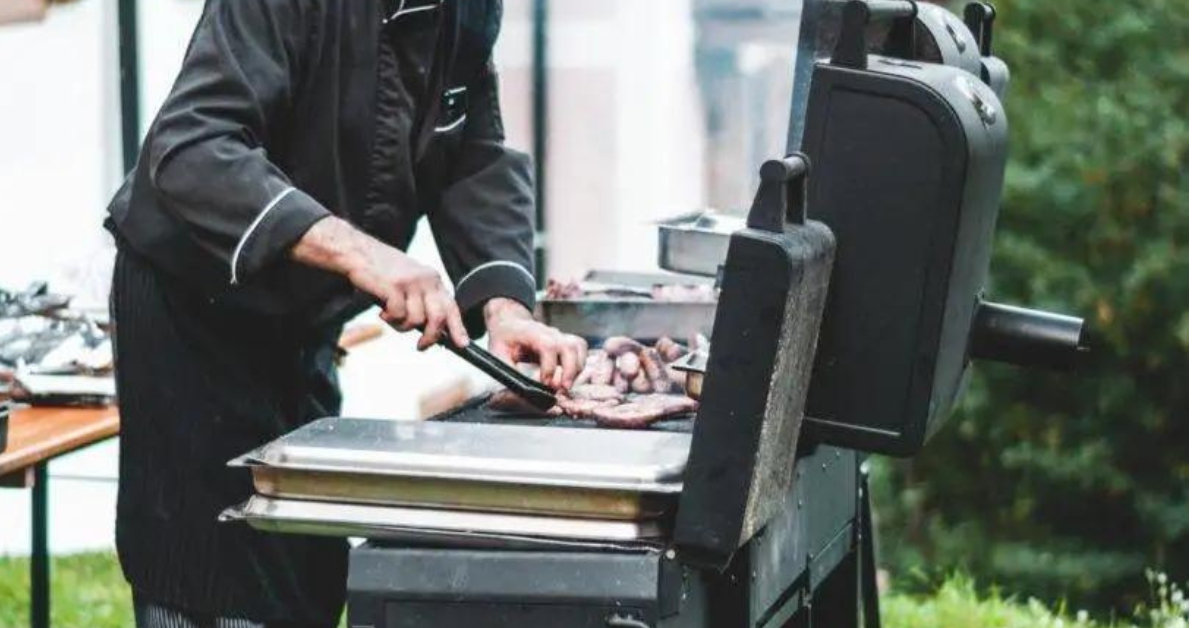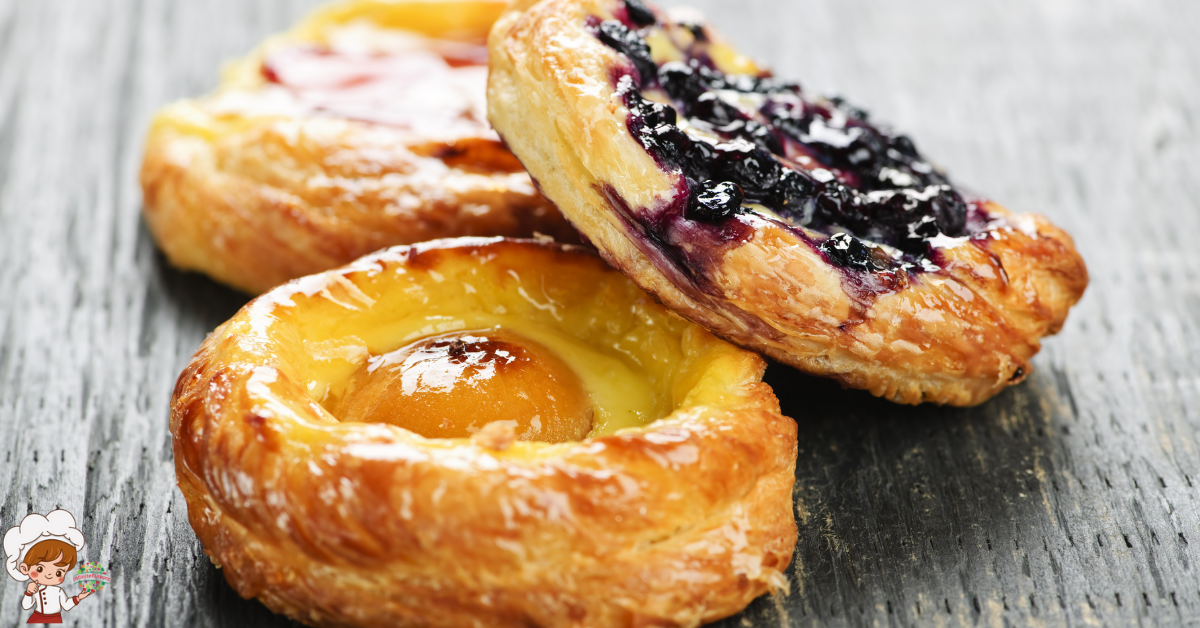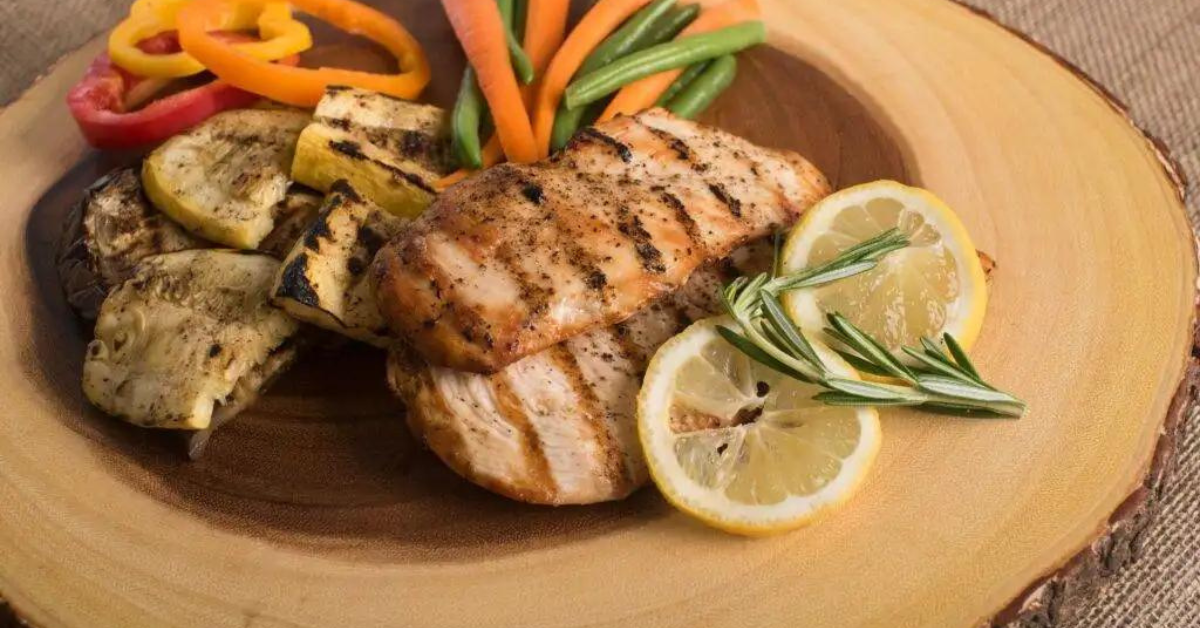How To: Decoding Basic Cooking Terms and Techniques
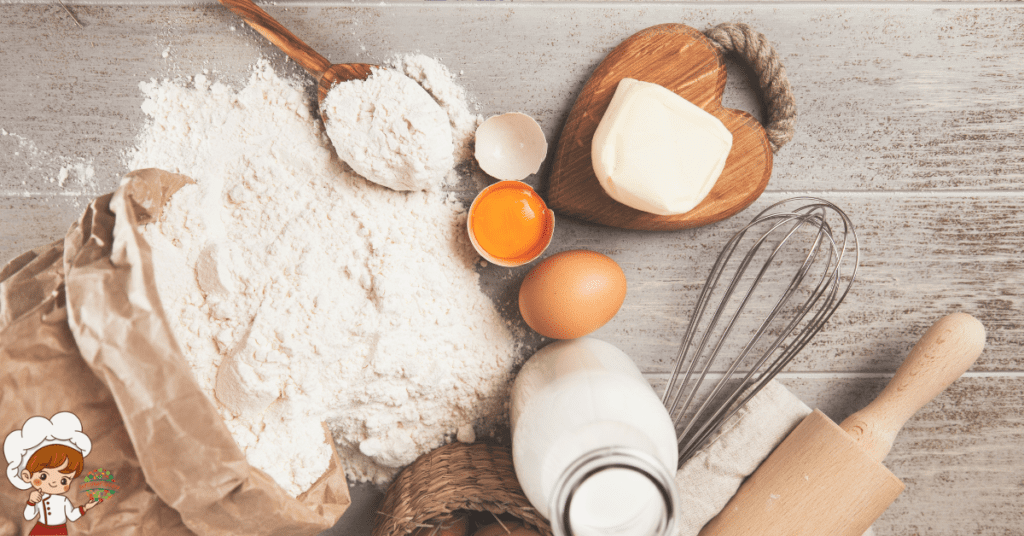
Coincidentally, you’ve stumbled upon “Decoding Basic Cooking Terms and Techniques: A Guide” – your ultimate cooking companion! Have you ever found yourself puzzled by cooking jargon or unsure about various cooking methods? Fear not! This guide is here to demystify the culinary world and empower you with the knowledge you need to become a kitchen pro. From knife skills to seasoning, sautéing to roasting, and everything in between, this guide will break down each technique in a simple and easy-to-understand manner. No more confusion or second-guessing – with this guide in hand, you’ll be confidently whipping up delicious meals in no time. So, let’s dive in and unlock the secrets of cooking like a pro!
Knife Skills
To improve your knife skills, practice using a sharp, sturdy knife and maintain a proper grip on the handle. Knife safety is paramount when it comes to honing your culinary techniques. Before you even start slicing and dicing, make sure you have a good understanding of the different types of knives available.
First, let’s talk about knife safety. Always remember to keep your fingers tucked in and away from the blade while cutting. It’s important to invest in a quality knife that is well-maintained and sharp. Dull knives can slip easily and cause accidents. When sharpening your knife, be sure to follow the manufacturer’s instructions or seek professional help if needed. Additionally, always use a cutting board that won’t slip or move around as you work, as this can lead to injuries.
Now, let’s explore the various types of knives. A chef’s knife is a versatile tool, perfect for everyday tasks such as chopping, slicing, and dicing. Its broad, curved blade allows for a rocking motion, making it efficient and precise. A paring knife, on the other hand, is smaller and more maneuverable, ideal for peeling and intricate tasks. Other types of knives include serrated knives for cutting bread and tomatoes, boning knives for removing bones from meat, and utility knives for general purpose use.
Sautéing and Stir-Frying
Improve your culinary skills by mastering the art of sautéing and stir-frying using proper techniques and the right ingredients. Sautéing is a quick cooking method that involves cooking food in a small amount of oil or fat over medium to high heat. It is commonly used for vegetables, meat, and seafood. To sauté effectively, start by heating the pan and the oil or fat, making sure it is hot but not smoking. Then, add the ingredients and cook them quickly, stirring or flipping them continuously to ensure even cooking. The key is to maintain a high heat and keep the food moving to prevent it from sticking or burning.
On the other hand, stir-frying is a similar technique that originated in Asian cuisine. It involves cooking small pieces of food in a wok or large skillet over high heat with a small amount of oil. Stir-frying is characterized by its quick cooking time and constant stirring motion. The high heat allows for a quick sear, while the constant stirring ensures that the food is evenly cooked and retains its crispness. It is important to have all ingredients prepped and ready before starting the stir-fry, as the cooking process happens very quickly.
When sautéing or stir-frying, it is essential to use the right ingredients. Choose vegetables that are firm and have a high water content, as they will cook quickly and retain their texture. For meat and seafood, thinly sliced or bite-sized pieces are ideal for quick and even cooking. Additionally, using a high smoke point oil like canola or peanut oil is recommended to prevent the oil from burning and imparting a bitter taste to the dish.
Braising and Stewing
For braising and stewing, you’ll need to cook your ingredients slowly and gently in liquid to achieve tender and flavorful results. These techniques are perfect for tougher cuts of meat or vegetables that need time to break down and become tender. Let’s explore the art of braising and stewing, and how you can use them to create delicious meals.
Braising involves searing the meat or vegetables in a hot pan to develop a rich, caramelized crust. Then, they are placed in a pot with liquid, such as broth or wine, and cooked slowly at a low temperature. This slow cooking process allows the flavors to meld together and the meat to become fork-tender. The liquid helps to keep the ingredients moist and infuses them with flavors.
Stewing, on the other hand, involves cooking ingredients in a liquid for a longer period of time. The liquid used in stewing is often more substantial, like a thick sauce or gravy, and the ingredients are usually cut into smaller pieces. This technique allows the flavors to intensify and creates a hearty and comforting dish.
To braise or stew, choose a pot that is large enough to hold all the ingredients comfortably. Make sure the pot has a tight-fitting lid to trap the steam and maintain the temperature. You can braise or stew on the stovetop or in the oven, depending on your preference.
Now that you understand the basics of braising and stewing, it’s time to experiment with different recipes. From classic beef stew to braised chicken with vegetables, the possibilities are endless. So grab your pot and get ready to create tender and flavorful dishes that will impress everyone at your table.
Roasting and Baking
Are you confused about the difference between roasting and baking? Let’s break it down for you. Roasting typically involves cooking meat or vegetables at a higher temperature, resulting in a crispy exterior and juicy interior. On the other hand, baking is usually done at a lower temperature and is commonly used for pastries, bread, and desserts. Understanding the appropriate temperature and cooking time for each method is key to achieving delicious results.
Roasting Vs Baking
When roasting and baking, you can achieve delicious results by understanding the key differences between these cooking methods. Roasting techniques involve cooking food in an open pan, allowing hot air to circulate around the food, resulting in a crispy exterior and tender interior. On the other hand, baking involves cooking food in an enclosed space, such as an oven, at a specific temperature.
The baking temperature is typically lower than the roasting temperature, resulting in a slower cooking process that allows the food to cook evenly and develop a golden-brown color. Roasting is often used for meats, vegetables, and poultry, while baking is commonly used for pastries, bread, and cakes. By understanding these differences, you can confidently choose the right method for your culinary creations.
Temperature and Time
To ensure successful roasting and baking, mastering the proper temperature and time is essential. Cooking times and temperature control are crucial factors that can make or break your dish. When roasting or baking meat, poultry, or vegetables, it is important to follow the recommended cooking times and temperature guidelines. This will ensure that your food is cooked thoroughly and to the desired level of doneness. Using a meat thermometer can help you accurately gauge the internal temperature of your food and prevent overcooking or undercooking. Additionally, preheating your oven to the correct temperature before placing your dish inside is crucial for even cooking. Remember, precision in temperature and time is key to achieving delicious and perfectly cooked dishes.
Grilling and Barbecuing
Ready to fire up the grill? In this section, we’ll explore the key differences between grilling and barbecuing, so you can choose the right technique for your next cookout. We’ll also reveal the best marinades to enhance the flavors of your grilled dishes, and share expert tips to ensure your barbecues are a sizzling success. Get ready to elevate your outdoor cooking game!
Grilling Vs. Barbecuing
Differentiating between grilling and barbecuing can help you understand the distinct cooking methods and flavors associated with each.
When it comes to grilling, it involves cooking food directly over high heat. This method is perfect for quick cooking, resulting in a delicious charred exterior and juicy interior. To achieve the best results, you need to master grilling techniques like direct heat grilling, indirect heat grilling, and searing. Grilling requires equipment such as a grill, whether it’s gas or charcoal, tongs, a grill brush, and a meat thermometer.
On the other hand, barbecuing is a slow cooking method that involves cooking food over low, indirect heat for an extended period. This technique is ideal for large cuts of meat, like ribs or brisket, as it allows the flavors to develop slowly. Barbecuing requires specialized barbecue equipment such as a smoker, wood chips or chunks for smoking, and a reliable meat thermometer.
Understanding the differences between grilling and barbecuing will help you choose the right cooking method for your next outdoor culinary adventure.
Best Marinades for Grilling
When it comes to grilling and barbecuing, one important aspect to consider is finding the best marinades to enhance the flavors of your meats. Marinades are a combination of various ingredients that can infuse your meats with delicious flavors and tenderize them at the same time. There are endless possibilities when it comes to marinade flavors, from tangy and citrusy to sweet and smoky.
Some popular options include teriyaki, garlic and herb, honey mustard, and spicy chili. To achieve the best results, it is essential to understand the marinating techniques. The key is to allow enough time for the marinade to penetrate the meat, typically a minimum of 30 minutes to several hours. The longer you marinate, the more flavorful your meat will be. Remember to refrigerate your marinating meat to prevent any food safety concerns. So, fire up your grill and get ready to elevate the taste of your meats with the best marinades!
Tips for Perfect Barbecue
To achieve the perfect barbecue, it’s important to follow these tips for grilling and barbecuing:
- Barbecue Techniques:
- Preheat the grill or smoker to the appropriate temperature before cooking.
- Use indirect heat for larger cuts of meat to ensure even cooking and prevent burning.
- Master the art of smoking by using wood chips or chunks to infuse your meat with delicious smoky flavors.
- Baste your meat with marinades or sauces throughout the cooking process to keep it moist and add extra flavor.
- Allow your meat to rest for a few minutes before serving to allow the juices to redistribute and ensure tenderness.
- Grilling Tips:
- Clean and oil your grill grates before cooking to prevent sticking.
- Use a meat thermometer to ensure your meat is cooked to the desired level of doneness.
- Flip your meat only once to promote even cooking and create those coveted grill marks.
- Experiment with different types of charcoal or wood chips to enhance the flavor of your grilled dishes.
- Don’t forget to have fun and enjoy the process of grilling, as it’s all about creating delicious meals and memorable moments with family and friends.
Blanching and Shocking
Blanching and shocking are essential techniques in cooking that you should master. Blanching is a cooking method that involves briefly boiling vegetables or fruits and then immediately plunging them into ice water. This technique is used for a variety of reasons, such as preserving color, softening texture, and removing bitterness. To blanch vegetables, start by bringing a pot of water to a rolling boil. Add a generous amount of salt to the water to enhance the flavors. Carefully place the vegetables into the boiling water and cook them until they are just tender. It is important not to overcook them, as blanching is meant to partially cook the vegetables.
Once they are cooked, quickly remove them from the boiling water and transfer them to a bowl filled with ice water. This shocking method stops the cooking process and helps to maintain the vibrant color and crispness of the vegetables. Leave the vegetables in the ice water for a few minutes, until they are completely cooled. Drain the vegetables well before using them in your recipes. Blanching and shocking are effective techniques to ensure that your vegetables are perfectly cooked and retain their natural beauty. By mastering these techniques, you can elevate your cooking skills and create visually appealing and delicious dishes.
Poaching and Simmering
To continue your culinary education, let’s delve into the art of poaching and simmering. These two techniques are perfect for creating tender and flavorful dishes. While they may seem similar to boiling, there are key differences that set them apart.
Poaching vs. Boiling:
- Poaching involves gently cooking food in liquid at a temperature just below boiling. This method is ideal for delicate ingredients like fish, eggs, and poultry, as it helps to retain their moisture and tenderness.
- Boiling, on the other hand, involves cooking food in rapidly boiling liquid. This technique is better suited for heartier ingredients like pasta, potatoes, and vegetables, as it allows for faster cooking and can break down their texture.
Tips for Simmering:
- Simmering is a gentle cooking technique that involves cooking food in a liquid at a temperature just below boiling. Here are some tips to help you achieve perfect simmering:
- Use a heavy-bottomed pot or pan to ensure even heat distribution and prevent scorching.
- Adjust the heat to maintain a consistent simmer. You should see small bubbles rising to the surface, but not a rolling boil.
- Keep the lid partially or fully covering the pot to retain moisture and prevent evaporation.
- Stir occasionally to prevent sticking and promote even cooking.
- Simmering can take time, so be patient. It allows flavors to meld together and results in tender, flavorful dishes.
Mastering the art of poaching and simmering will open up a world of culinary possibilities. Whether you’re cooking delicate seafood or simmering a hearty stew, these techniques will elevate your dishes to new heights. So grab your pot, simmer away, and enjoy the delicious results.
Boiling and Steaming
When boiling and steaming, you can achieve perfectly cooked dishes by following these simple techniques. Boiling is a cooking method in which food is submerged in a liquid and cooked at a high temperature. To boil effectively, start by bringing a pot of water to a rolling boil over high heat. Add salt to enhance the flavor of the food and prevent it from sticking to the pot. Carefully place the ingredients into the boiling water and cook them until they are tender and cooked through.
There are different boiling techniques that can be used depending on the type of food being cooked. For vegetables, blanching is often used to quickly cook them while still retaining their vibrant color and crispness. For pasta, it is important to stir occasionally to prevent it from clumping together.
On the other hand, steaming is a gentle cooking method that involves cooking food over, but not in, boiling water. The benefits of steaming are numerous. Firstly, it helps to retain the natural moisture and nutrients of the food, resulting in a healthier meal. Secondly, steaming allows for even and gentle cooking, ensuring that the food remains tender and not overcooked. Lastly, steaming is a versatile method that can be used for a variety of ingredients, including vegetables, fish, and even desserts.
To steam effectively, place the food in a steamer basket or on a rack above boiling water. Cover the pot with a fitted lid to trap the steam, and let the food cook for the recommended time.
Emulsifying and Whisking
Ready to take your cooking skills to the next level? Let’s talk about emulsifying and whisking, two essential techniques that will elevate your dishes. In this guide, we’ll explore tips for achieving emulsion stability, ensuring your sauces and dressings stay perfectly blended. Plus, we’ll uncover the secrets to whisking for that ideal texture in your batters, creams, and more. Get ready to master these techniques and bring a whole new level of flavor and finesse to your culinary creations.
Emulsion Stability Tips
Mastering emulsion stability is essential for achieving perfectly emulsified sauces and dressings in your cooking. To ensure your emulsions stay stable, here are some techniques and tips to keep in mind:
- Proper temperature control: Emulsions are best formed when all ingredients are at the same temperature. Make sure to bring ingredients to room temperature before emulsifying.
- Slow and steady additions: When adding oil or other liquids, do it slowly and in a steady stream. This will help the emulsion form and prevent it from breaking.
- Use an emulsifying agent: Adding a small amount of an emulsifying agent, such as mustard or egg yolks, can help stabilize your emulsion.
- Whisking techniques: Use a whisk to incorporate air into the mixture, which can help stabilize the emulsion. Whisk in a circular motion or use a back-and-forth motion for better results.
- Avoid overwhisking: While whisking is important, be careful not to overwhisk, as this can cause the emulsion to break.
Whisking for Perfect Texture
To achieve the perfect texture in your emulsions and whisked mixtures, it is crucial to understand the importance of proper whisking techniques. Whisking is not just about mixing ingredients together; it plays a vital role in creating a light and airy consistency or achieving a smooth and creamy texture. The key to successful whisking lies in the motion and speed.
When whisking, use a light and quick back-and-forth motion, incorporating air into the mixture. This helps to create volume and lighten the texture. Additionally, maintaining a consistent speed is crucial to ensure even mixing and prevent over-whisking. Proper whisking techniques can make a significant difference in the final outcome of your dishes, so take the time to master this skill for perfect textures every time.
Seasoning and Tasting
When seasoning and tasting your dishes, it is important to gradually add salt and spices, tasting as you go, to achieve the desired flavor. Seasoning is the key to enhancing the taste of your food and creating a harmonious balance of flavors. Here are some tips to help you master the art of seasoning:
- Understanding flavor profiles: Different cuisines and dishes have distinct flavor profiles. For example, Indian cuisine often features a combination of spices like cumin, coriander, and turmeric, while Italian cuisine relies on herbs like basil, oregano, and rosemary. Understanding these flavor profiles can guide you in choosing the right spices for your dish.
- Seasoning techniques: There are various ways to season your food. One common technique is to use salt and pepper to enhance the natural flavors of the ingredients. However, don’t be afraid to experiment with other spices and herbs to add depth and complexity to your dishes. You can sprinkle spices directly onto the food while cooking, or you can create a spice blend to rub onto meats or mix into sauces.
- Tasting as you go: The key to achieving the perfect flavor is to taste your food as you season it. Start with a small amount of salt or spice, and gradually add more until you reach the desired taste. Remember, it’s easier to add more seasoning than to remove excess salt or spice. By tasting as you go, you can adjust the flavor and ensure that it is just right.
- Balancing sweet, salty, sour, and spicy: In addition to salt and spices, consider other elements of flavor, such as sweetness, sourness, and spiciness. These can be achieved by adding ingredients like sugar, vinegar, or chili peppers. Balancing these flavors can elevate your dish and make it more enjoyable to eat.
Frequently Asked Questions: Decoding Basic Cooking Terms and Techniques
How Do I Properly Clean and Maintain My Knives?
To properly clean and maintain your knives, start by rinsing them with warm water and mild soap. Dry them thoroughly before storing. Regularly sharpen your knives using a sharpening stone or honing rod to keep them sharp and in good condition.
What Are Some Common Mistakes to Avoid When Sautéing and Stir-Frying?
When sautéing and stir-frying, common mistakes to avoid include overcooking and overcrowding the pan. Overcooking can lead to dry and burnt food, while overcrowding prevents proper browning and results in steamed instead of sautéed or stir-fried dishes.
How Long Should I Marinate Meat Before Braising or Stewing?
When braising or stewing meat, marinating helps to enhance its flavor and tenderness. The recommended time varies depending on the type of meat, but generally, you should marinate it for at least a few hours or overnight. Alternatively, you can also use other meat tenderizing methods.
What Is the Difference Between Roasting and Baking?
Roasting and baking are two different cooking techniques. Roasting typically involves high heat and open air, resulting in a crispy exterior and tender interior. Baking, on the other hand, is done at lower temperatures, often in an enclosed space like an oven, and is used for dishes like breads, cakes, and pastries.
How Can I Prevent My Food From Sticking to the Grill While Grilling or Barbecuing?
To prevent your food from sticking to the grill while grilling or barbecuing, there are a few techniques you can try. Clean and oil the grill grates, preheat the grill properly, and use a non-stick cooking spray or oil on your food.
Conclusion
In conclusion, this guide has provided a comprehensive overview of basic cooking terms and techniques. From knife skills to grilling and simmering, we have covered a variety of methods to help you become a more confident and skilled cook. By understanding these fundamental concepts, you will be able to navigate recipes and create delicious meals with ease. So, grab your apron and get ready to explore the world of cooking!



